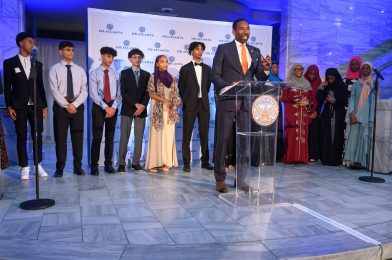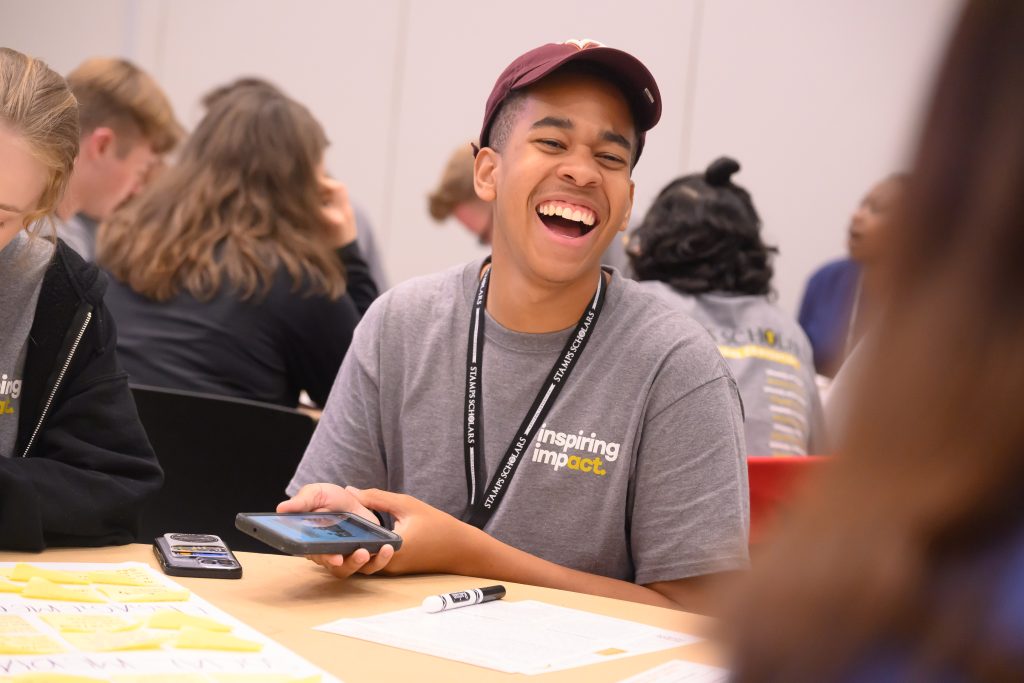Organizations must adapt to the changing communication landscape in today’s fast-paced and rapidly changing world. However, many organizations resist change in their communications with their audience, especially when it comes to using storytelling. Specifically, when working with missionaries or nonprofits, using narrative storytelling to showcase the organization’s transformative work can be met with resistance.
One of the primary reasons for this resistance to change is that organizations often rely on statistics and data to communicate their impact. They may view numbers and figures as a more objective and authoritative way to demonstrate their achievements. However, while statistics are vital, they don’t necessarily evoke an emotional response from the audience. People may be able to understand the data, but they may not be inspired to take action or get involved.
On the other hand, narrative storytelling can be a powerful tool for organizations to communicate their impact and inspire their audience to take action. For example, when organizations share stories of individuals whose work has transformed their lives, the audience can personally connect with the impact. Reports can also create a sense of empathy and compassion, which can lead to increased engagement and support.
However, organizations may resist using storytelling as a means of communication because they may feel that it’s not as objective as using statistics. There may also be concerns about measuring the impact of storytelling, making it difficult to justify the use of storytelling to stakeholders.
Another reason organizations may resist using storytelling is that it requires a shift in mindset and approach. Storytelling is a different way of communicating that requires a more personal and emotional connection with the audience. This can be challenging for organizations that are used to sharing in a more formal and structured way.
In addition, there may be concerns about the effectiveness of storytelling. For example, organizations may worry that their stories may not resonate with their audience or that they may not be able to tell the stories compellingly.
Despite these challenges, using storytelling as a means of communication can be incredibly effective for organizations. When done well, it can create a deeper connection with the audience and inspire them to take action. To overcome resistance to change, it’s essential for organizations to educate themselves on the benefits of storytelling and to invest in training and resources to help them develop their storytelling skills.
In conclusion, while it may be challenging for organizations to shift their mindset and approach to storytelling, it can be a powerful tool for communicating impact and inspiring action. By recognizing the benefits of storytelling and investing in the necessary resources and training, organizations can overcome resistance to change and harness the power of storytelling to better connect with their audience.














































